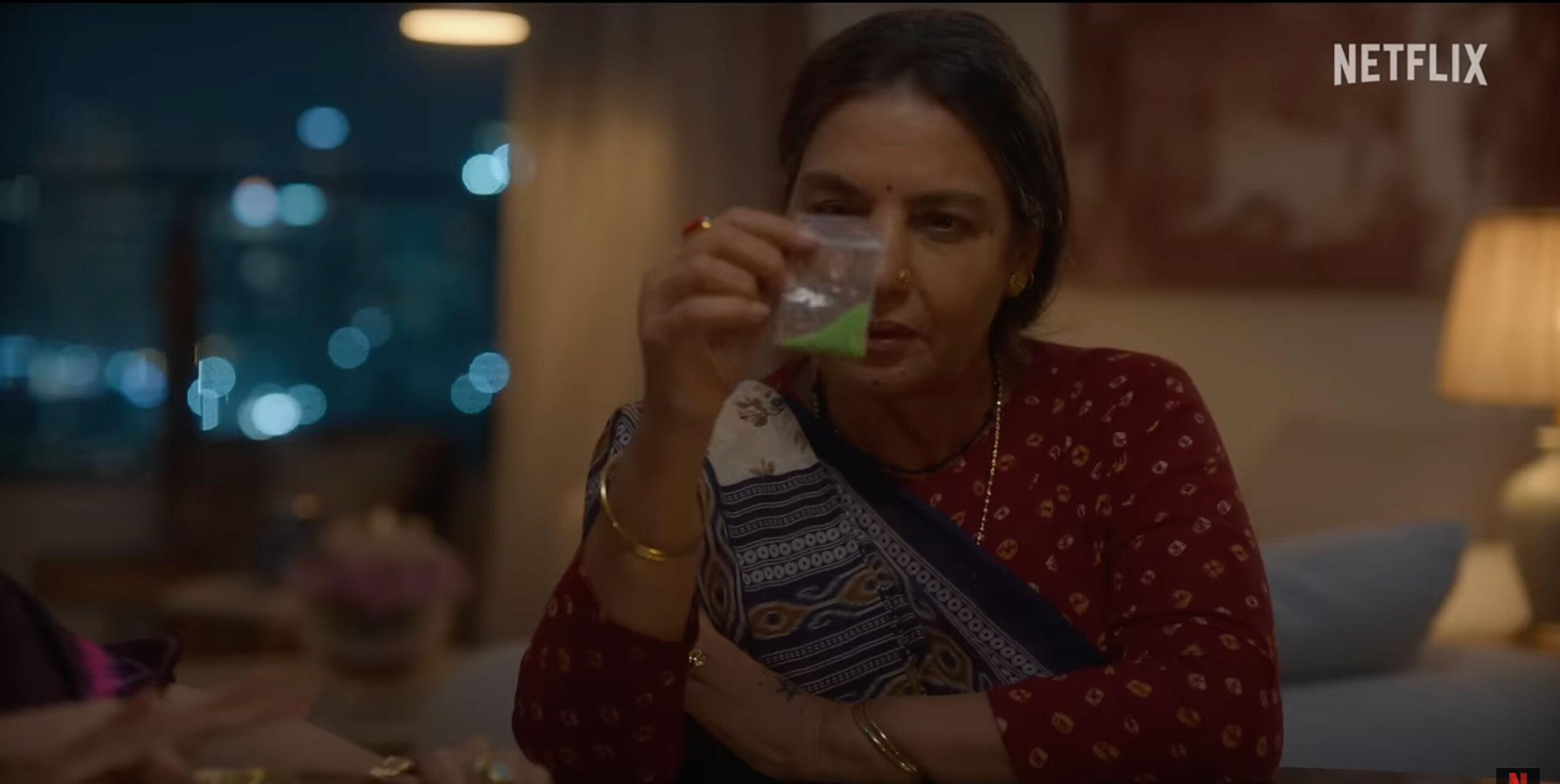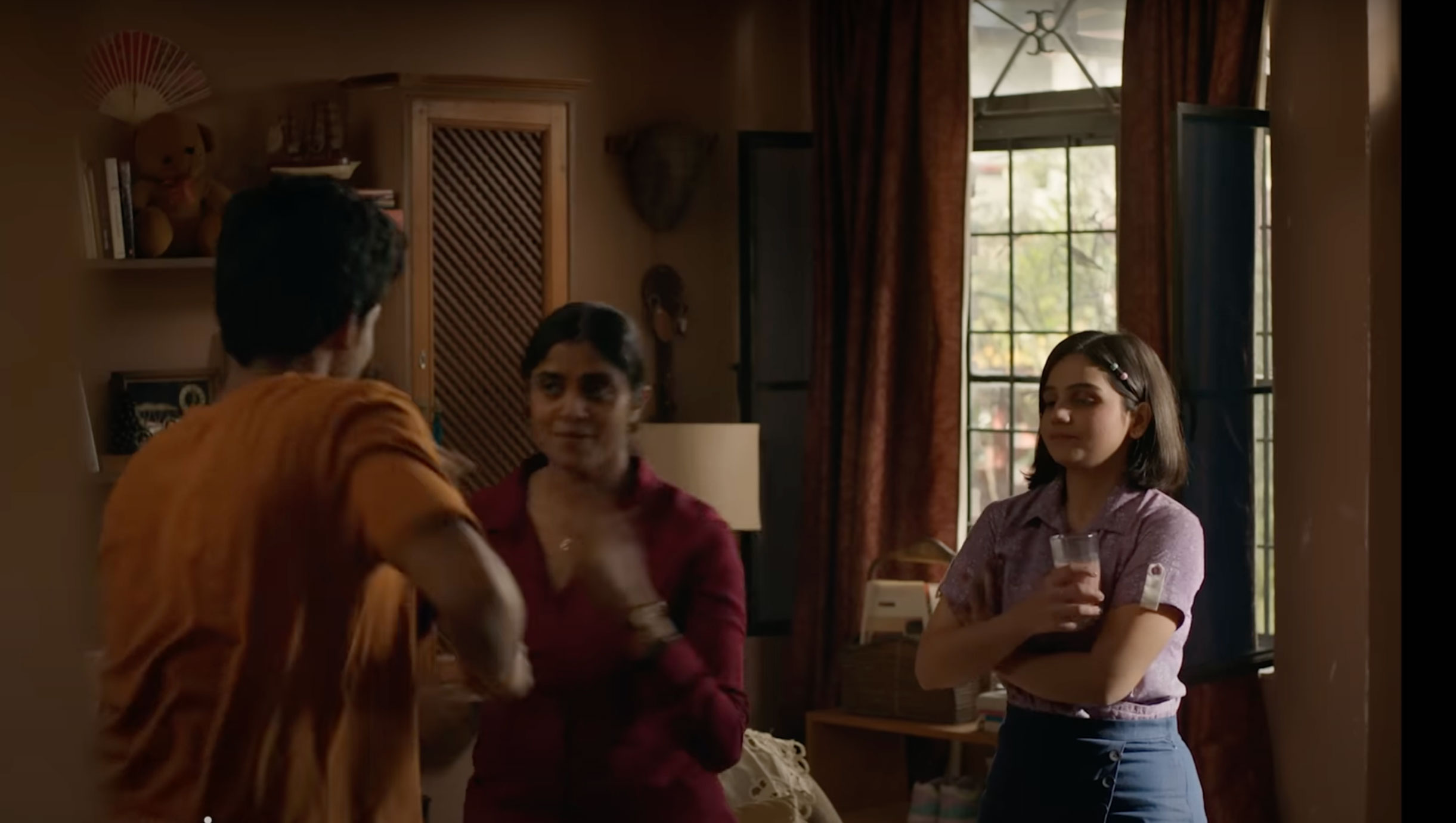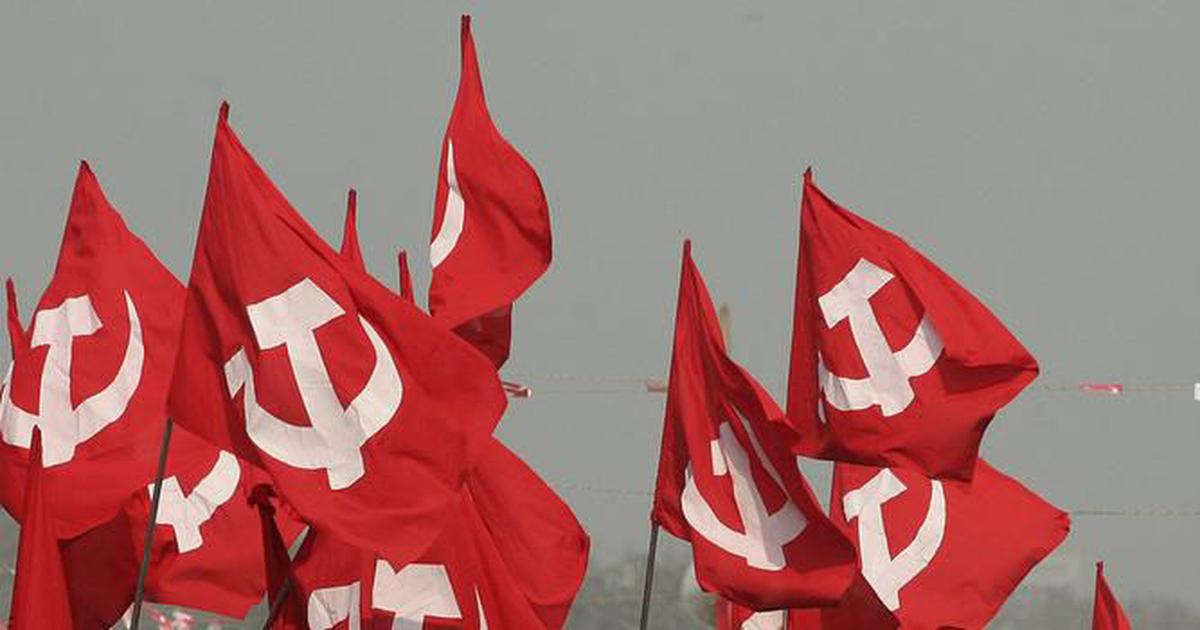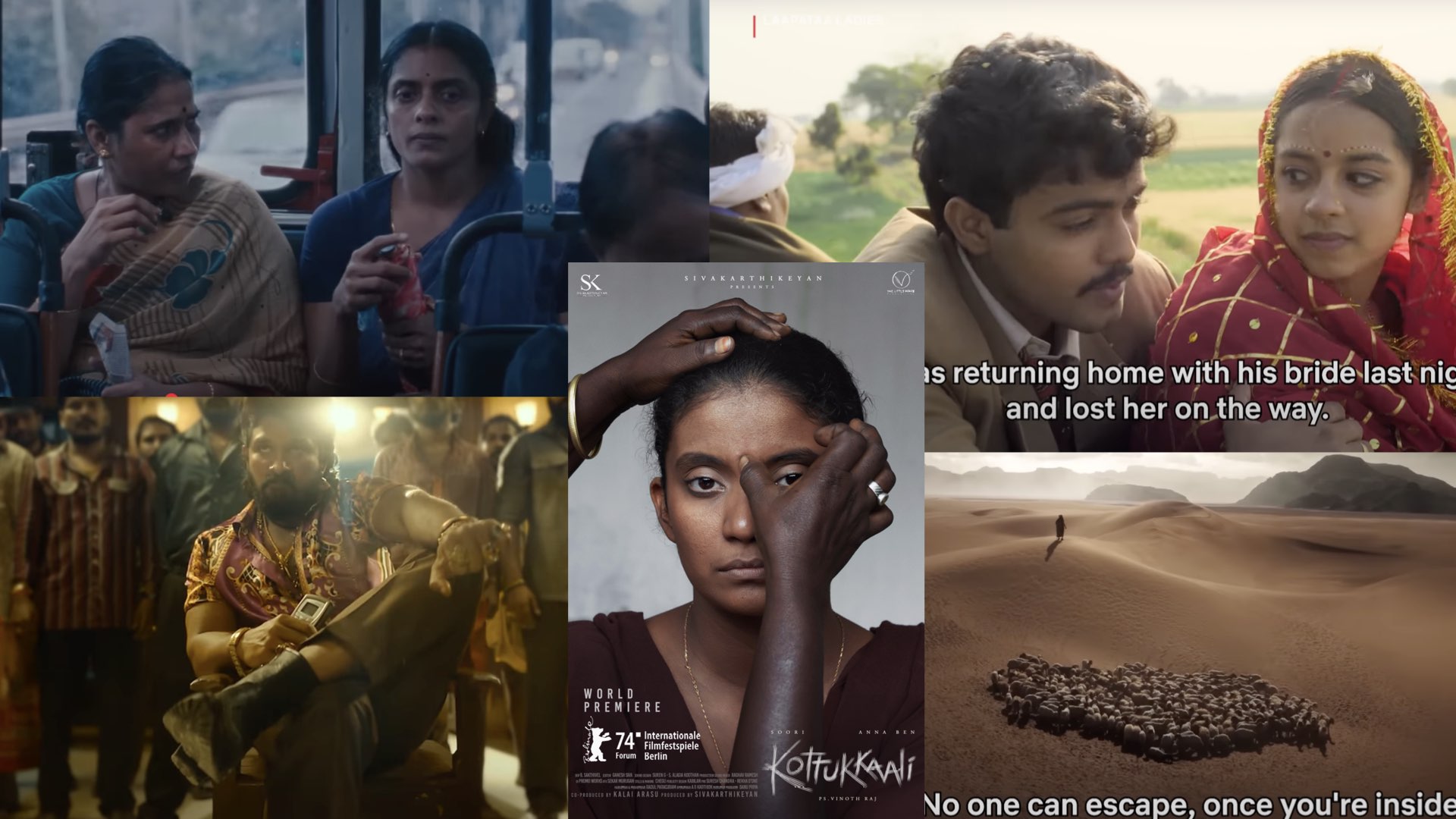There is no fixed definition of social justice. But on the basis of the views expressed by foreign and Indian social scientists, we can broadly define social justice as an attempt to secure what is due to those who have been edged out of the pale of the sources of power (economic, political, religious, etc) on the basis of birth-related factors (caste, ethnicity, complexion, religion, gender, etc). Now, if depriving social groups of their legitimate share in centres of power is defined as social injustice, then there can be no two opinions that the varna-driven Indian social system is the most unjust system in the world – and has been so for centuries.
India wrote one of the most shameful chapters in the history of social injustice. This system was the creation of the scholars of foreign origin (Aryans), who, to serve their long-term interests, ensured unequal sharing in sources of power (economic, political, religious). This system gave Dwijs a monopoly on acquisition of knowledge, priesthood, running the affairs of the state, advising the rulers, fighting battles and on business and commerce. Since this system did not permit vertical migration from one profession to another, all professions/jobs were transferred from one generation to another on the basis of caste/varna.
The Varna system became a reservation system of sorts. This reservation system pushed out Dalits, Tribals, Backwards and women from all centres of power, weakening them forever. The condition of the victims of the varna system, especially of the untouchables, was worse than that of Marx’s proletariat. Marx’s proletariat were only economically weak but had free access to all political, economic and religious activities. The Indian Dalits, on the other hand, were not only poor but the religious texts barred them from political, religious and educational realms too. Even their shadow was shunned. No community in the world was ever subjected to such ignominy, none was so miserable. The people of many European countries and of the United States took up cudgels on behalf of the “sub-human” citizens of their respective countries with the objective of bringing about a change for the better in their lives.
What did Dr Ambedkar do to empower Dalits? He ensured that the “sub-humans”, deprived of any share in centres of power for centuries, got entry into government jobs and politics through the Constitutional provision of reservations. The Ambedkar-initiated reservation is nothing but using the power of the state to secure what is due to those deprived of representation in the corridors of power on the basis of their caste, ethnicity, colour of skin, gender or religion. His was an exemplary endeavour to provide political, economic, religious, educational and social patronage to the SC/STs – the worst sufferers of social injustice – through provisions under the articles 15(4), 16(4), 17, 24, 25(2), 29(1), 164(1), 244, 257(1), 320(4), 330, 332, 334, 335, 338, 341, 342, 350 and 371(A)(B)(C)(E) of the Constitution of India, thus paving the way for their growth and development. That wasn’t all. He was instrumental in the incorporation of Article 340 in the Constitution that would later prove to be effective in helping the OBCs overcome their backwardness. The provision of reservation brought about miraculous results. Dalits, who could not ever have dreamt of acquiring secondary education, started becoming MLAs, MPs, IAS and PCS officers, doctors and engineers and joining the national mainstream.
Dalits, the other proletariat of the world facing birth-based discrimination like the Blacks and women, were also kept away from sources of power. The success of Ambedkar’s reservation experiment in India – even if partial – opened the doors of justice for the proletariat of other countries, suffering from disabilities rooted in their birth. The US, England, Australia, New Zealand, Malaysia, Ireland, etc took steps to give the deprived their due in power and prosperity. In this respect, Dr Ambedkar can be called a champion of social justice.
Though the Constitutional provisions in the interest of the victims of social injustice did bring about dramatic changes in the lives of a few, they were still out of the centres of power. They may have got some foothold in politics but they are still a pariah in the fields of business and commerce, priesthood, etc. Even today, an 8-10 per cent minority, aided by the privileges sanctioned by tradition and by their resources, controls 80-85 per cent of the sources of power. That is why, social and economic inequality, which is the scourge of humanity, is still alive and kicking in India. In its sixth report on global distribution of wealth, Credit Suisse said that contrary to government’s claims of promoting socio-economic equality, economic inequality was growing by leaps and bounds in India. The report said that 81 per cent of the wealth generated in the country from 2000-2015 went to the top 10 per cent of the population while the remaining 90 per cent had to make do with the remaining 19 per cent. And half of the 90 per cent got only 4.1 per cent of the wealth. Commenting on the report, a newspaper said: “Inequality often leads to social upheaval. The government and the political parties should take this issue seriously. The question of how to bring about a just re-distribution of resources and wealth has assumed prime importance.” Clearly, despite all sorts of steps being taken to bring about economic, political and social justice in India, an unjust social order continues to be the bane of the country. In this scenario, what can or should be done to end social injustice in its totality and build an equitable society?
The experience the world over suggests that socio-economic inequality is born out of unequal distribution of sources of power between various social groups and their women. In other words, it is the rulers of the world who, by not allowing the centres of power to reflect social and gender diversity, have been creating the biggest problem of humanity. If this formulation is correct and if the nation decides to redistribute sources of power to end social injustice then it should think about ways and means to ensure that the following areas reflect the social and gender diversity by providing opportunities to the men and women of the four key social groups of India – Savarnas, OBCs, SC/STs and religious minorities – in proportion to their population:
- All jobs of all ranks in government and private sectors, including armed forces and judiciary.
- All dealerships given by government and private sector
- All purchases made by government and private sector
- Contracts for construction of buildings and roads and parking and transport.
- Management, students and teaching staff in schools, colleges, universities, technical and professional educational institutions in private and government sector.
- The amount spent by government and private sector for advertising its policies, products, etc
- The grant given to NGOs by Indian and foreign bodies.
- Print and electronic media and films and TV
- Unused land around railway lines and national highways and unused government land and land belonging to religious institutions should be allotted to landless untouchables and Tribals for commercial use.
- Village panchayats, civic bodies, Parliament, assemblies, central and state cabinets, offices of various ministries, legislative councils, Rajya Sabha, and secretariats of the president, PM, governors and CMs.
Published in the January 2016 issue of the FORWARD Press magazine







